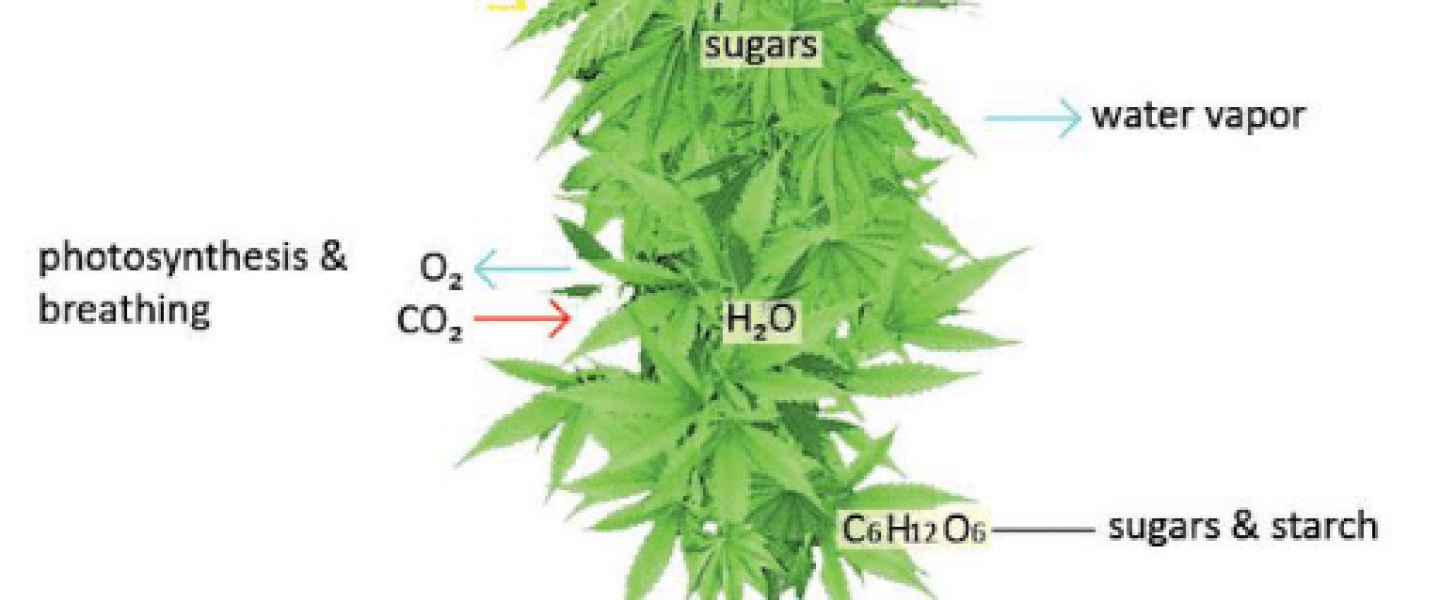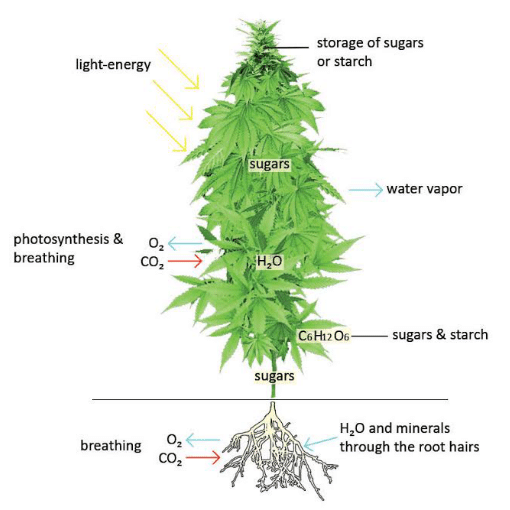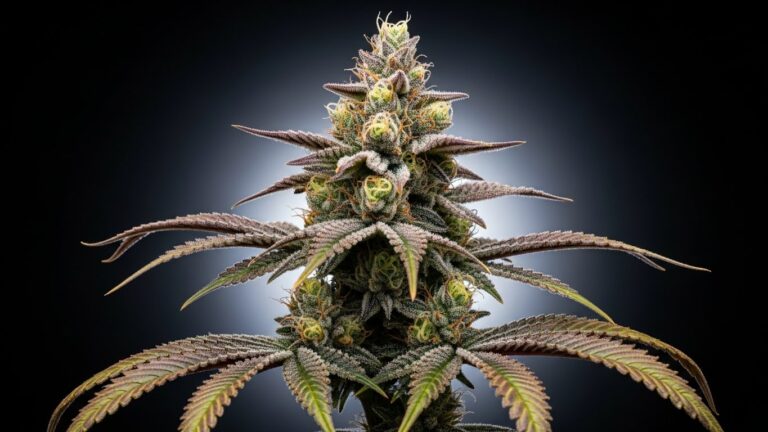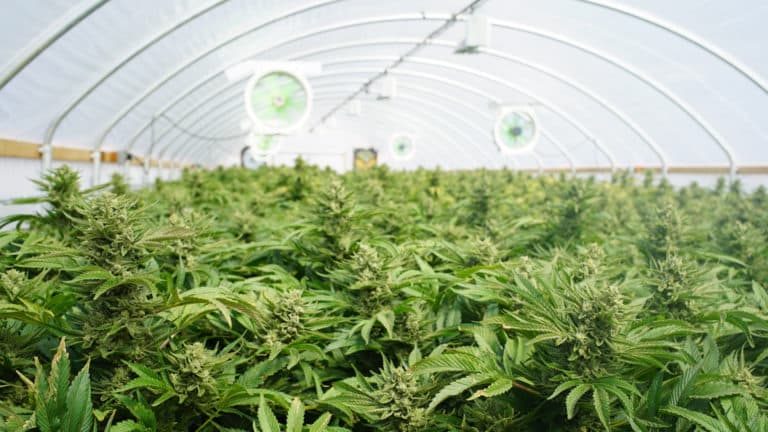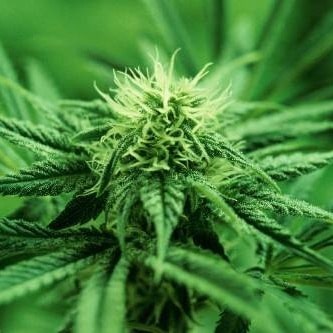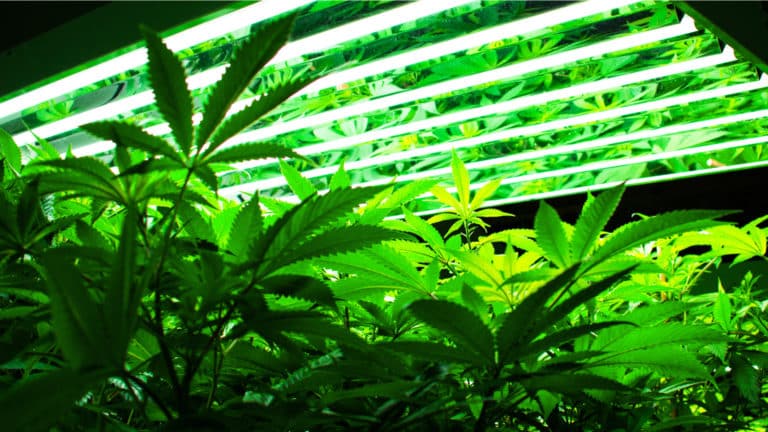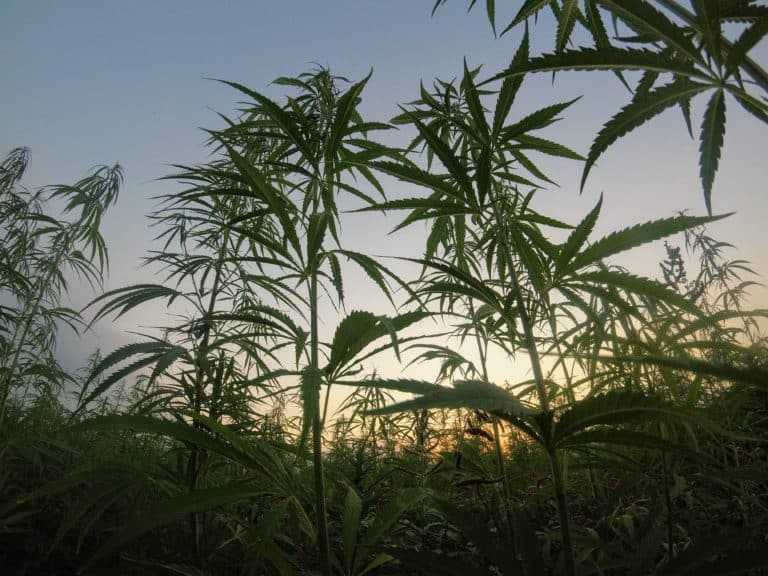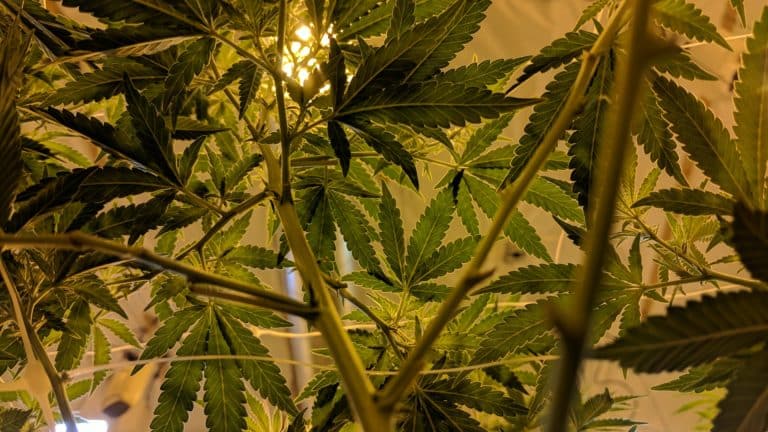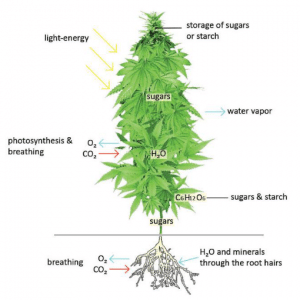 The Anatomy Of A Cannabis Plant And How It Functions
The Anatomy Of A Cannabis Plant And How It Functions
Almost all life on Earth depends on plants. If there were no plants, there would be no human beings or animals. Plants can do something other living things cannot: they make their own food. The ingredients they need are solar energy, carbon dioxide (CO2) and water. None of the other living things on Earth can make their own food (except for a few bacteria and algae) and thus they depend on what plants produce. Cannabis plants are also able to make their own food. But what is a cannabis plant exactly? And how exactly does it make its own food? To grow cannabis successfully it is important to understand what processes take place in the plant and what the plant is made of.
A marijuana plant consists of the following components:
Tissues
Roots
Stems
Leaves
Flowers
Tissues
A plant grows by cell division and cell elongation. The cells divide, creating more of themselves. And the cells expand, making themselves larger. Rapid division of cells takes place in the top of the plant, at the root tips, and at the top of side shoots. The cells in these areas are dividing continuously and very quickly. These new cells then grow by elongation and become a lot bigger because they absorb water. These parts of the plant, therefore, grow the fastest. However, other cells in the plant, for example, the cells in the stem, are often still able to divide. Thus these cells can grow as well. A plant that lives in a good climate can easily grow 2 to 3 inches per day.
A young cell can go in any direction and does not yet have a function. Soon though, it becomes a specialized cell that will play a role in the plant. For example, it may be a leaf cell, which is important for photosynthesis. But it could also be a vascular cell, a root cell, or one of many other types of cells. The cells are organized into tissues. Generally speaking, tissues can be divided into three types:
ground tissues
vascular tissues
dermal (or surface) tissues
The main part of the plant consists of ground tissue (parenchyma). Such cells are found in many parts of the plant. For example, most of the leaf cells are parenchyma. They have a very important function; using photosynthesis they make the building materials for the plant.
The conveying system in the plant is made up of tracheids and sieve vessels. Tracheids (xylem) carry water and minerals from the roots to the rest of the plant. The system of sieve vessels (phloem) distributes the products of photosynthesis from the production site to where they are needed. For example, sugars that are produced in the leaves must be transported to the buds of the plant. Vascular tissue thus takes care of all the transport within the plant.
The outer layer of a plant consists of dermal tissue (epidermis). This outer layer of cells protects the plant from dehydration, infections and damage. In the dermal are stomata, which are like tiny gates in the leaves. By opening or shutting the stomata the plant can absorb or secrete substances.
Roots
With a cannabis plant in the wild you can usually only see about half of the plant. The root system is located under the ground and is at least as large as the plant. This size is necessary to allow the plant to tap into deep groundwater and reach fertile soil during dry periods. Fortunately, a plant grown in a pot or on rockwool will survive with a much smaller root system, as long as you ensure that the plant is provided with everything that it needs.
The main functions of roots are:
water uptake
absorption of nutrients
anchoring the plant in the ground
production of a number of plant hormones
storage of reserve substances
Healthy roots have white root tips. If they are brown, there is a problem. Perhaps the soil is too wet or your plant has a root disease. A healthy root also has a lot of root hairs. Through these the plant brings in water and nutrients. The water intake and nutrient intake are strongly linked. If the roots take in a lot of water, this also comes with a hefty amount of nutrients. A proper dosage of water and nutrients is very important in order to foster a healthy plant.
The engine of the water uptake is evaporation. Most of the water that the plant absorbs is also evaporated again via the leaves. Thus, it’s as if the water is pulled up into the plant. In addition, the water in the soil presses on the roots because it wants to come inside. This creates pressure on the roots. The evaporation and root pressure thus ensure a suction effect in the plant. Here also the amount of water again has an impact on the health of the plant. Suppose that the stomata close because the temperature is too high and then the root pressure is too high (because of too much water in the earth). This would make the plant take up more water than is strictly necessary which can lead to glassiness. If there is too little evaporation to absorb the root pressure, the plant pushes the water into cavities between the leaf cells. This results in weak, thin plants with airy buds.
The stem keeps the plant upright and takes care of the transport of water and nutrients. The parts where the plants are attached are called nodes. The segments between them are called internodes. The length of the plant is determined by the number of internodes, and the length of the internodes. When the plant starts to flower, the number of internodes remains the same because the plant is focusing on the creation of buds instead of growing.
The stem contains tracheids and sieve vessels. Tracheids transport water and minerals from the roots to other parts of the plant, always bringing these higher in the plant. The sieve vessels transport sugars and building materials, for example from the leaf to the buds. This transport can go in any direction.
For a good transport system in the plant, it is important to create a solid stem. This stem must allow the maximum amount of substances to be transported and be sturdy enough to hold up all those fat buds ;) One of the tricks to creating a sturdy stem is to allow a fan to gently blow on the plant. This makes the plant think that the wind is always blowing and cause it to protect itself from any damage by growing a thick, strong stem.
Leaves
The leaves are the most important organs where photosynthesis occurs. Thus, it is where the plant makes its own food. This takes place in the chloroplasts. It is interesting to know that the first internode always consists of single-fingered leaves, the second of three-fingered leaves, the third of five-fingered leaves and this can go up to 13-fingered leaves. The better the plant’s conditions are, the more fingers the leaves get and thus the healthier the plant is.
A complete leaf consists of veins with mesophyll in between and a petiole. Mesophyll are the cells with chlorophyll which capture sunlight and convert CO2 into sugars. In the bottom part of the leaf there are a lot of cavities filled with air. They are isolated from the outside world through stomata. The stomata are the gates of the leaves. They allow CO2, oxygen and water vapor to pass through. They sit on the underside of the leaf. In the leaf there are clearly visible veins. These are the vascular bundles. They consist of tracheids and sieve vessels.
A leaf that is in full sunlight is much thicker than a leaf that is in the shade. Leaves in full sunlight have more cells with chlorophyll. Thus they also produce more sugars. If there is more light and the light intensity increases, the leaves produce more sugars. The more light the better. Shaded leaves reach their maximum sugar production much faster than leaves in full sunlight. Remember this if you decide to cut off a leaf. This can have advantages but you should not do it too much and especially make sure you are pruning the right leaf.
Another important point is that the microclimate around the leaf may be quite different from the general climate in the greenhouse. For example, it may be more humid or warmer. This is because a very thin layer of air forms around the leaf. To ensure that the values you measure in the space, such as temperature and humidity, are similar to those around the leaf, you should ensure there is good air flow by using fans.
Flowers
The flowers (or buds) of a cannabis plant have an important function. The flowers are the reproductive organs, so they provide for the propagation of the plant. The female flowers have the pistils containing the egg cells; the male flowers have the stamens containing the sperm cells (pollen grains). The sex characteristics are first seen in the axils of the plant. This is the part of the plant stem between the stem and a leaf.
To reproduce, the pollen grains must reach the pistil of another flower. This transfer of the pollen grains is called pollination. The flower is the most interesting part of the cannabis plant because this is the part that we smoke and where the active substances such as THC and CBD are formed. To create the best quality weed, we must ensure that the female flowers are not fertilized. Once a female flower is fertilized, she will put all of her energy into seed production. If she is not fertilized, she will put all of her energy into creating more calyxes (= marijuana) and THC. And that’s exactly what we want!


